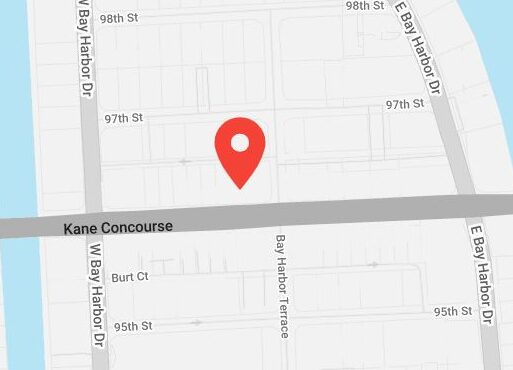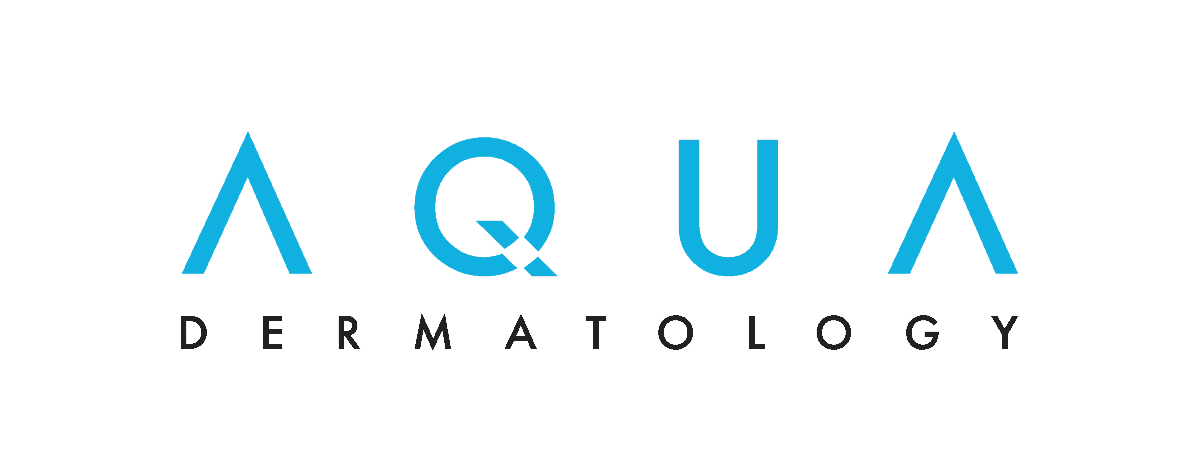Mohs micrographic surgery is an advanced treatment procedure for skin cancer which offers the highest potential for recovery – even if the skin cancer has been treated before. This procedure is a state-of-the-art treatment in which the physician serves as the surgeon, pathologist, and reconstructive surgeon.
Mohs surgery relies on the accuracy of a microscope to trace and ensure removal of skin cancer down to its roots. This procedure allows dermatologists, trained in Mohs Surgery, to see beyond the visible disease, and to precisely identify and remove the entire tumor, leaving healthy tissue unharmed. This procedure is most often used in treating two of the most common forms of skin cancer: basal cell carcinoma and squamous cell carcinoma.
The cure rate for Mohs Micrographic Surgery is the highest of all treatments for skin cancer—up to 99%—even if other forms of treatment have failed. This procedure, the most exact and precise method of tumor removal, minimizes the chance of regrowth and lessens the potential for scarring or disfigurement.
History
Developed by Frederic E. Mohs, M.D. in the 1930s, the Mohs Micrographic Surgical procedure has been refined and perfected for more than half a century. Initially, Dr. Mohs removed tumors with a chemosurgical technique. Thin layers of tissue were excised and frozen before being pathologically examined. He developed a unique technique of color-coding excised specimens and created a mapping process to accurately identify the location of remaining cancerous cells.
As the process evolved, surgeons refined the technique and now excise the tumor, remove layers of tissue and examine the fresh tissue immediately. The chemosurgical technique developed by Dr. Mohs is no longer used. This reduces the normal treatment time to one visit and allows for immediate reconstruction of the wound. The heart of the procedure—the color-coded mapping of excised specimens and their thorough microscopic examination—remains the definitive part of the Mohs Micrographic Surgical procedure.
Effectiveness
Clinical studies have shown that Mohs Micrographic Surgery has a five-year cure rate up to 99% in the treatment of basal cell and squamous cell carcinomas.
Treatment Issues
Common treatment procedures often prove ineffective because they rely on the human eye to determine the extent of the cancer. In an effort to preserve healthy tissue, too little tissue may be removed resulting in recurrence of the cancer. If the surgeon is overcautious, more healthy tissue than necessary may be removed causing excessive scarring.
Some tumors do not respond to common treatments, including those greater than two centimeters in diameter, those in difficult locations and tumors complicated by previous treatment. Removing a recurring skin cancer is more complicated because scar tissue makes it difficult to differentiate between cancerous and healthy tissue.
Indications
Mohs Micrographic Surgery is primarily used to treat basal and squamous cell carcinomas but can be used to treat less common tumors including melanoma. Mohs Surgery is indicated when:
- The cancer was treated previously and recurred
- Scar tissue exists in the area of the cancer
- The cancer is in an area where it is important to preserve healthy tissue for maximum functional and cosmetic result, such as eyelids, nose, ears, lips
- The cancer is large
- The edges of the cancer cannot be clearly defined
- The cancer grows rapidly or uncontrollably
Prior to Mohs Surgery
Your medical history and all pathology reports will be reviewed. A detailed examination of your skin will be performed and photographs will be taken if needed. Any questions you or your family members may have regarding your diagnosis and planned procedure will be addressed at this time, ensuring your comfort in moving forward. In general, appointments for Mohs surgery are scheduled early in the morning to allow time to complete several surgical stages throughout the day if necessary. On the day of your surgery, you must plan to be in our office for most of the day. Lunch is provided for surgery patients in our waiting room daily. A follow-up appointment is usually scheduled one week after your surgery to confirm proper wound healing and remove any stitches if necessary. For information about insurance plans we accept, and to download new patient forms prior to your office visit, go to our Patient Resources page.
Procedure
The Mohs process includes a specific sequence of surgery and pathological investigation. Mohs surgeons examine the removed tissue for evidence of extended cancer roots. Once the visible tumor is removed,
The Mohs surgeon:
- Removes an additional, thin layer of tissue from the tumor site
- Creates a “map” or drawing of the removed tissue to be used as a guide to the precise location of any remaining cancer cells microscopically examines the removed tissue thoroughly to check for evidence of remaining cancer cells
If any of the sections contain cancer cells, the Mohs surgeon:
- Returns to the specific area of the tumor site as indicated by the map
- Removes another thin layer of tissue only from the specific area within each section where cancer cells were detected
- Microscopically examines the newly removed tissue for additional cancer cells
If microscopic analysis still shows evidence of disease, the process continues layer-by-layer until the cancer is completely gone.
This selective removal of only diseased tissue allows preservation of much of the surrounding normal tissue. Because this systematic microscopic search reveals the roots of the skin cancer, Mohs Surgery offers the highest chance for complete removal of the cancer while sparing the normal tissue. Cure rates exceed 99 percent for new cancers, and 95 percent for recurrent cancers.
Reconstruction
The best method of managing the wound resulting from surgery is determined after the cancer is completely removed. When the final defect is known, management is individualized to achieve the best results and to preserve functional capabilities and maximize aesthetics. The Mohs surgeon is also trained in reconstructive procedures and often will perform the reconstructive procedure necessary to repair the wound. A small wound may be allowed to heal on its own, or the wound may be closed with stitches, a skin graft or a flap. If a tumor is larger than initially anticipated, another surgical specialist with unique skills may complete the reconstruction.
Cost Effectiveness
Besides its high cure rate, Mohs Micrographic Surgery also has shown to be cost-effective. In a study of costs of various types of skin cancer removal, the Mohs process was found to be comparable when compared to the cost of other procedures, such as electrodesiccation and curettage, cryosurgery, excision or radiation therapy. Mohs Micrographic Surgery preserves the maximum amount of normal skin and results in smaller scars. Repairs are more often simple and involve fewer complicated reconstructive procedures.
With its high cure rate, Mohs Surgery minimizes the risk of recurrence and eliminates the costs of larger, more serious surgery for recurrent cancers. Because the Mohs procedure is performed in the surgeon’s office and pathological examinations are immediate, the entire process can often be completed in a single day.
The Mohs Surgeon
The highly-trained surgeons that perform Mohs Micrographic Surgery are specialists both in dermatology and pathology. With their extensive knowledge of the skin and unique pathological skills, they are able to remove only diseased tissue, preserving healthy tissue and minimizing the cosmetic impact of the surgery. Only physicians who have also completed a residency in dermatology are qualified for Mohs Micrographic Surgical training.
The American College of Mohs Micrographic Surgery and Cutaneous Oncology currently recognizes more than 60 training centers where qualified applicants receive comprehensive training in Mohs Micrographic Surgery. The minimum training period is one year during which the dermatologist acquires extensive experience in all aspects of Mohs Surgery, pathology and training in reconstructive surgery.
Laboratory Overview
Our Mohs Micrographic Surgery laboratory is certified by The Florida Agency for Health Care Administration and compliance with CLIA (Clinical Laboratory Improvement Amendments.) All tissue processing in our laboratory is supervised by state-licensed Histologists.
Our Mohs Micrographic Surgery laboratory complies with all CLIA requirements and has been successfully re-certified in all four reviews conducted since our inception in 1999. We regularly complete quality assurance slide reviews by an independent pathologist.



